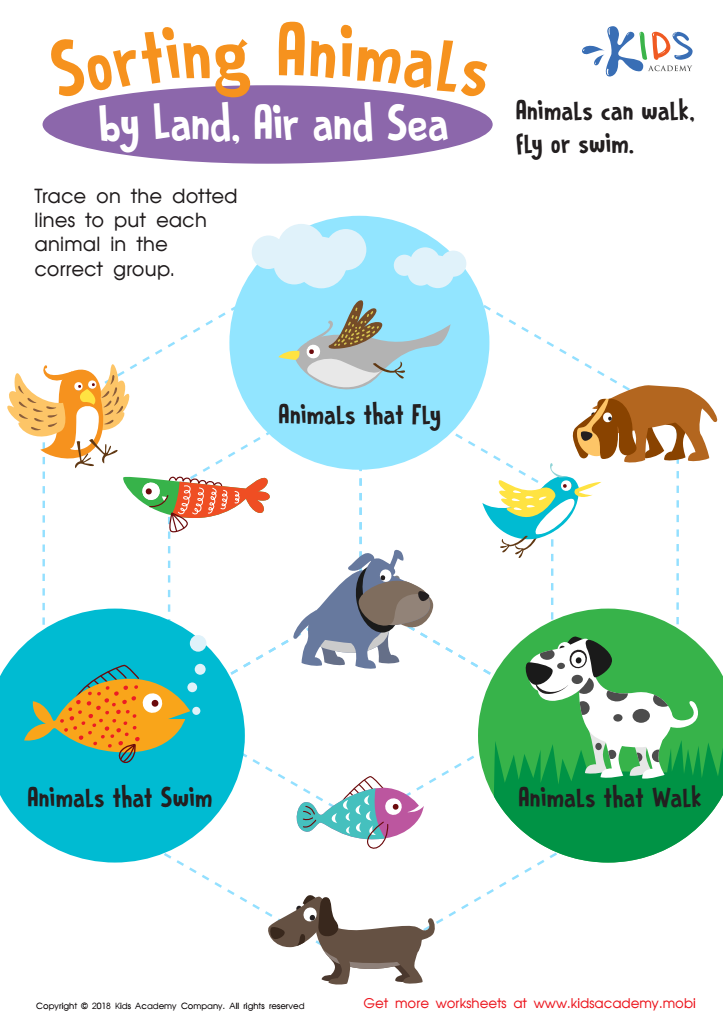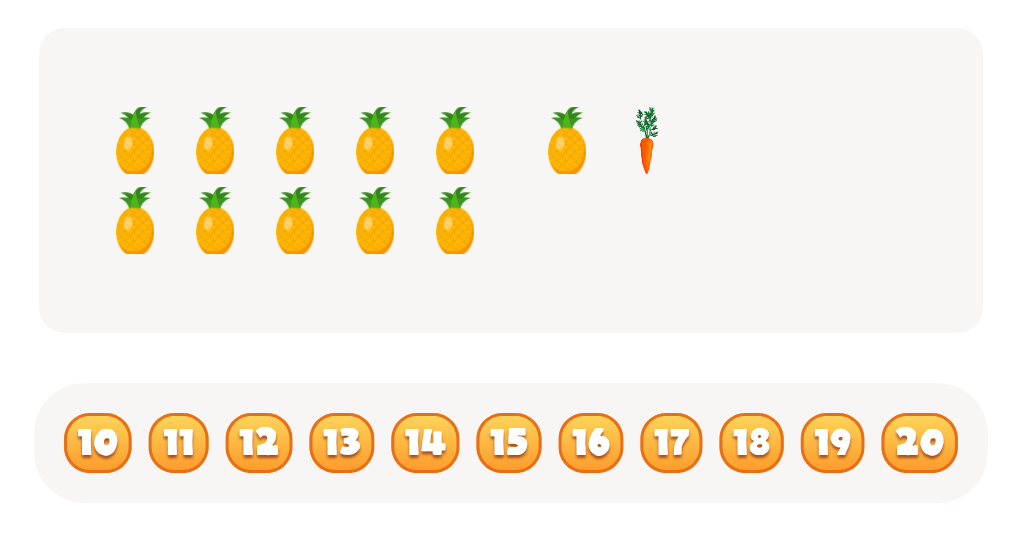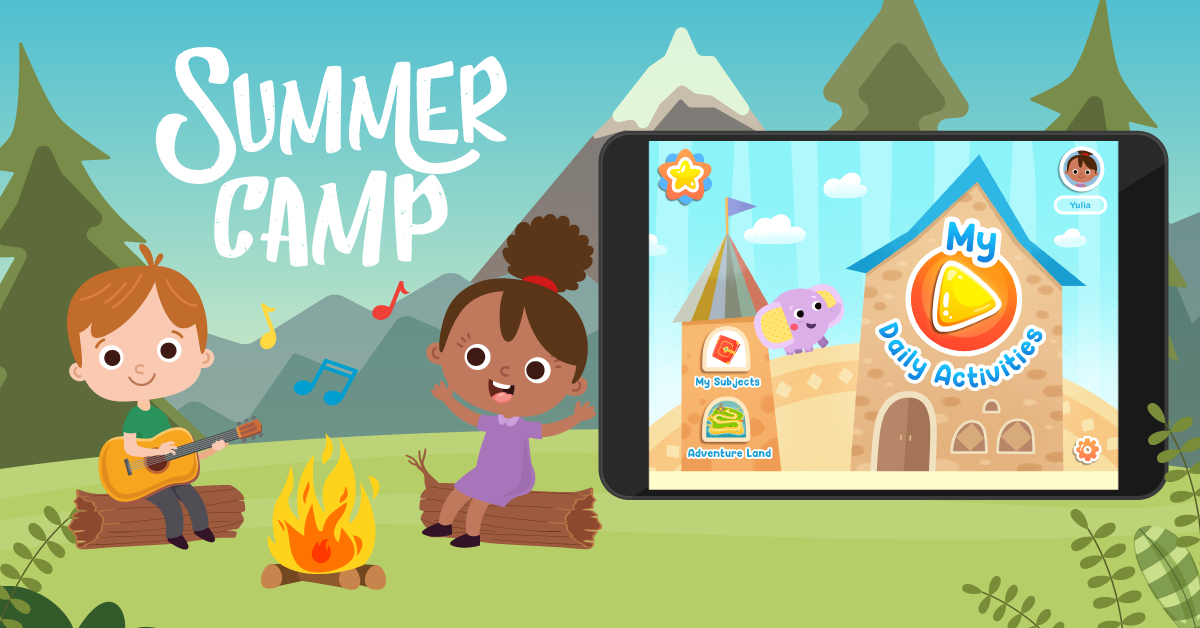Understanding habitats Plants and Animals Worksheets for Ages 6-9
3 filtered results
-
From - To
Discover the fascinating world of habitats with our "Understanding Habitats: Plants and Animals Worksheets" designed for children ages 6-9. These engaging worksheets help young learners explore the various environments where plants and animals thrive, promoting curiosity about biology and ecology. Through fun activities and vibrant illustrations, children will identify different habitats, understand the relationships between organisms, and develop critical thinking skills. Whether used in the classroom or at home, these resources aim to make learning about nature enjoyable and interactive. Encourage your child’s love for science and the environment with our thoughtfully crafted worksheets that bring habitats to life!


Sorting Animals Worksheet


Beaver Pond: Looking for a Solution Worksheet


Sorting Animals by Land, Air and Sea Worksheet
Understanding habitats, and the plants and animals that live within them, is crucial for children aged 6-9 as it lays the foundation for their appreciation of the natural world. Exposure to this subject fosters curiosity and promotes environmental literacy, key components in today's world. Children in this age group are naturally curious and eager to explore their surroundings; teaching them about different habitats—like forests, oceans, and deserts—stimulates their imagination and hunger for knowledge.
Moreover, this understanding encourages responsibility and stewardship over the environment. When children learn how habitats function and the intricate relationships between species, they begin to grasp the importance of biodiversity and conservation. This early education can inspire them to take action, such as participating in local environmental initiatives or developing sustainable habits at home and school.
Furthermore, integrating habitats into learning supports various developmental areas, including critical thinking and empathy. They learn not only to recognize species but also to appreciate the roles they play in the ecosystem. For parents and teachers, fostering a love for nature provides lifelong benefits, cultivating informed citizenship and nurturing future advocates for the planet. Overall, understanding habitats is essential for both personal growth and environmental harmony.

 Assign to My Students
Assign to My Students


























